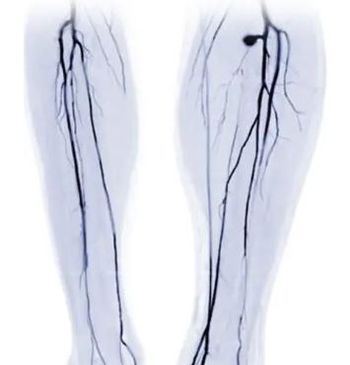
ACC Consensus Statement: Cessation of Anticoagulants for Elective Procedures
Answers to 5 simple questions about your patient and the pending procedure create a pathway to decisions about perioperative anticoagulation.
The eternal question of when and how to interrupt anticoagulation for those patients with nonvalvular atrial fibrillation (AF) has plagued physicians for decades. There is a high degree of variability between hospitals and private groups with most of the current practice driven by historical patterns rather than a body of clinical evidence.
In an attempt to guide clinicians and standardize practice patterns, the American College of Cardiology just released a
When deciding about interruption of anticoagulation in a periprocedural setting, every physician should ask him/herself the following 5 simple questions:
1. Who?
Who is the patient? Knowing the patient’s underlying bleeding and stroke risks; completing a careful review of medical history, medication list (including over-the-counter medications and any supplements and herbal preparations); and assessing laboratory test results will identify factors that may increase bleed risk. This is particularly relevant for patients on antiplatelet agents as well as those with a history of gastrointestinal bleed, chronic kidney disease, or diabetes. These guidelines do not formally endorse the use of the HAS-BLED bleeding risk score.
2. What?
What is the procedure? These guidelines are only for elective (not urgent/emergent) procedures. However, the bleeding risk associated with the procedure and location of bleeding risk (eg, skin biopsy vs. intraocular procedure) must be considered carefully. If there are patient-related factors that increase bleeding risk and the procedure carries an uncertain bleeding risk, anticoagulation should be interrupted.
3. When?
When to interrupt VKA? The document guides clinicians to check INR 5-7 days before the procedure.
âºSupratherapeutic: discontinue VKA >5 days before procedure
âºTherapeutic: discontinue VKA 5 days before procedure
âºSubtherapeutic: discontinue VKA 3-4 days before procedure
Guidance is also offered for timing of discontinuation of NOACs with the caution that only dabigatran has a clinically-approved reversal agent. All currently available NOACs carry a black box warning regarding their use in the setting of neuraxial anesthesia (epidural and spinal anesthesia).
4. How?
How to interrupt therapy and whether or not to bridge? NOACs, by virtue of their short half life, do not need bridging therapy. However, one must consider whether to bridge when a VKA is being used. These guidelines recommend the use of the CHA2DS2-Vasc score in the perioperative setting to assess the thrombotic risk. It is recommended to consider bridging as an individual’s thrombotic risk increases (CHA2DS2-Vasc >4) and if there is a history of prior ischemic stroke, TIA, or peripheral arterial embolism (≥3 months previously), unless there is a substantial risk of bleeding. Heparin-based parenteral agents are the first choice, unless there is a history of heparin-induced thrombocytopenia. LMWH should be discontinued >24 h prior to procedure and UFH can be discontinued >4 hours prior to procedure.
5. How?
How to resume anticoagulation? The decision to restart anticoagulation should combine answers to all the previous questions: patient and procedural bleeding and thrombotic risk, timing of resumption of anticoagulation and consideration of whether bridging should be used while the INR is out of the therapeutic range.
Special mention is made of procedures that affect the pharmacokinetics of warfarin and the NOACs (eg, ileus after abdominal surgery) that should be considered when a decision about parenteral anticoagulation is made.
Source: Doherty JU, Gluckman TJ, Hucker WJ, et al for the Periprocedural Management of Anticoagulation Writing Committee.
Newsletter
Enhance your clinical practice with the Patient Care newsletter, offering the latest evidence-based guidelines, diagnostic insights, and treatment strategies for primary care physicians.

































































































































































































































































































